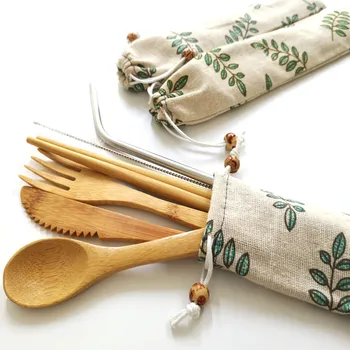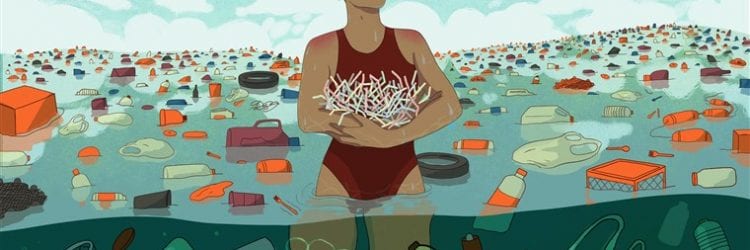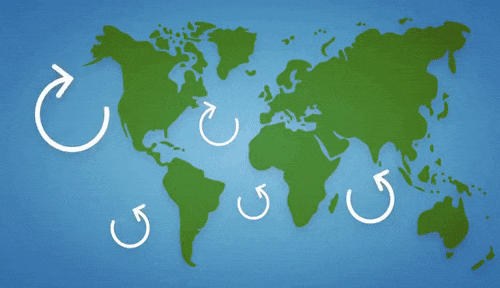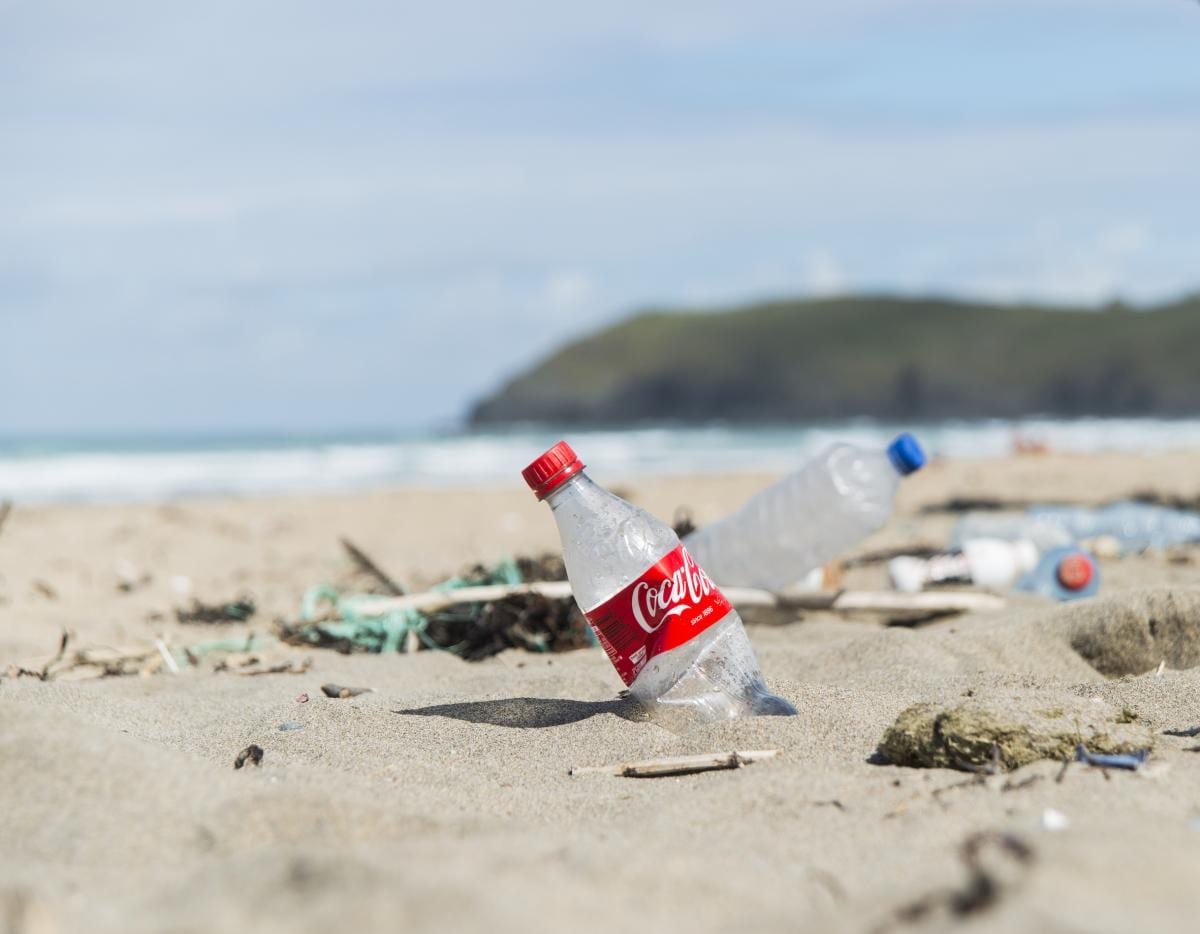The first day of spring is right around the corner, so what better way to start fresh than by implementing some easy sustainable habits into your routine! Not only will the following tips help you live a more sustainable lifestyle but it will also be helping lower you pollution impact on the ocean and its wildlife!
~
1. Go paperless!
Try minimizing your paper consumption by getting your receipts emailed or texted whenever possible. Instead of getting letters or statements mailed opt for online billing. If you’re a student buying/renting ebooks and take notes on a tablet or laptop will also help minimize paper use.
2. Participate in a clean up!
With earth day coming up within the next few weeks, there will be a lot of volunteer opportunities for beach, river, neighborhood, and park clean ups.You will be helping clean our environment while simultaneously meeting new people who care about mother nature just as much as you do! There are plenty of organizations across the country that promote these events and if you’re an Austinite make sure to check out our March and April events calendar coming soon.

3. Eliminate plastic water bottles,
plastic bags, and plastic packaging!
When ever you go grocery shopping make sure to take reusable bags, there are so many different options now that there is one bound to fit your style! At the same time you are using your reusable bag to shop, stop buying plastic water bottles and get a reusable one, there are also tons of affordable options out there! Last tip when you are grocery shopping is to avoid pointless plastic packaging as seen below.

4. Avoid Micro-beads!
Products that commonly have micro-beads include face washes, body scrubs, and toothpaste. They are a large contributor to the pollution in the ocean and harm wildlife. To avoid them look for specific ingredients like “polyethylene” and “polypropylene”.

5. No disposable straws or utensils!
Keep in mind that only 9% of the world’s plastic is recycled. In light of this people have started buying their own metal straws and silverware that they can take with them to avoid using disposable ones. If that isn’t an option for you, try using reusable cutlery and compostable straws whenever they are made available.

6. Exercise your right to vote!
Real change also happens as a direct result of those we elect into office. This is why we should vote for those who promote progressive ocean and environmental policies. You should also contact your representatives with any concerns you may have in regards to these issues.
~
I hope you found at least a few of these tips helpful, you may already be doing these things but if not you should try picking one or two to start with and gradually begin adding more as the season progresses. Like we’ve mentioned before even the biggest of waves begin with a few ripples, what will you do to help the oceans and make a change?

















